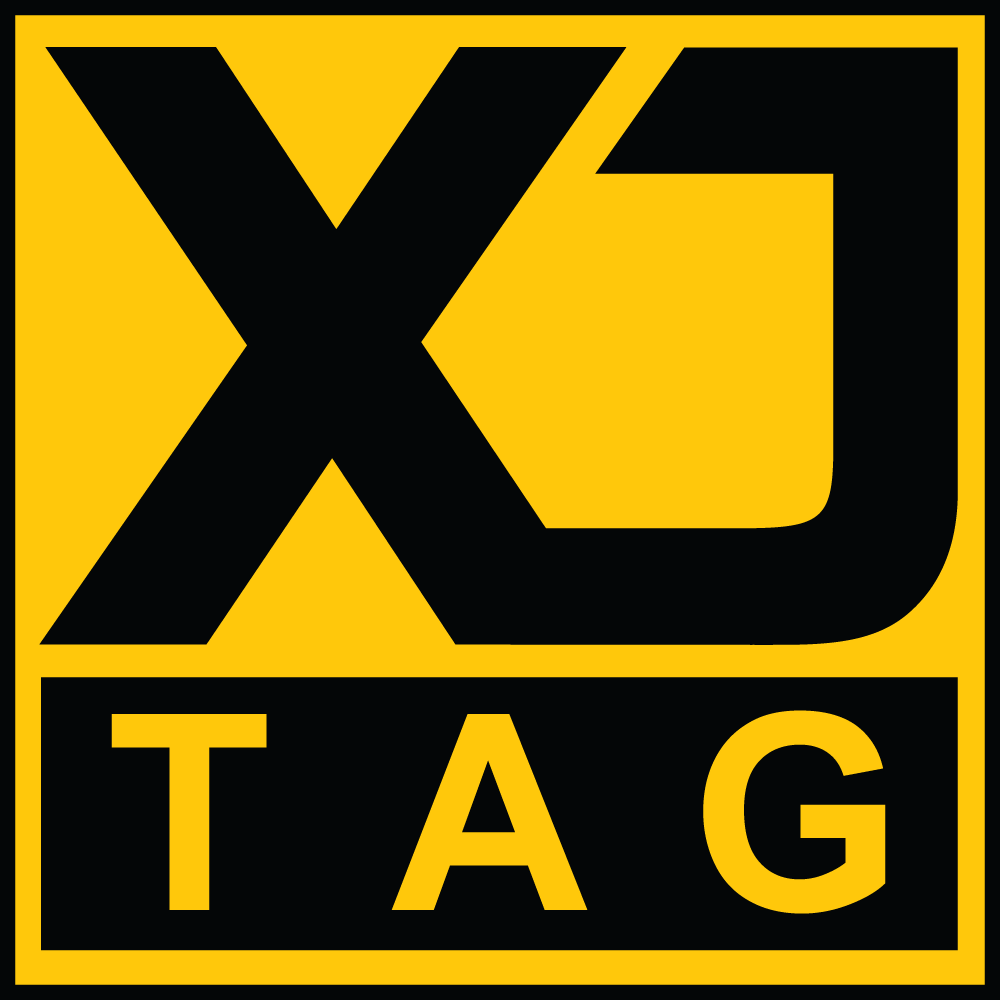注目の機能
XJTAG will test a higher percentage of your circuit than most other JTAG solutions.
そのうえ.. 他社ツールとの統合Integration support for all of the major test executives, as well as proprietary systems (LabVIEW™ , LabWindows™ , ATE …)
そのうえ... 高速フラッシュメモリプログラミングExternal flash memories can be programmed indirectly at high speed via their connection to JTAG devices.
そのうえ... レイアウトビューア (Layout Viewer)Shows the physical location of circuit elements as well as any faulty nets found during tests.
そのうえ... 回路図ビューア (Schematic Viewer)Shows circuit functionality whilst developing or debugging tests.
そのうえ... Waveform ViewerShows a live and correlated view of JTAG chain data as digital waveforms.
そのうえ... XJDemo ハードウェアとチュートリアルXJDemoは、XJTAG製品の理解を促進する為に使用可能な、完全実装のデモ用基板です。
そのうえ... JTAGチェーンデバッガーは(JTAG Chain Debugger)Investigate and resolve problems where the JTAG infrastructure is not working correctly.
そのうえ... BSDLエディターView and edit BSDL and custom cell type package files within XJDeveloper.
そのうえ... ネットリストが入手できない場合のテストEven if you don’t have connectivity data for a board, you may still be able to repair it.
そのうえ... ネットワークライセンスAn easy and cost-efficient way to manage your company’s XJTAG licenses (alternative to Hardware licensing).
そのうえ...

